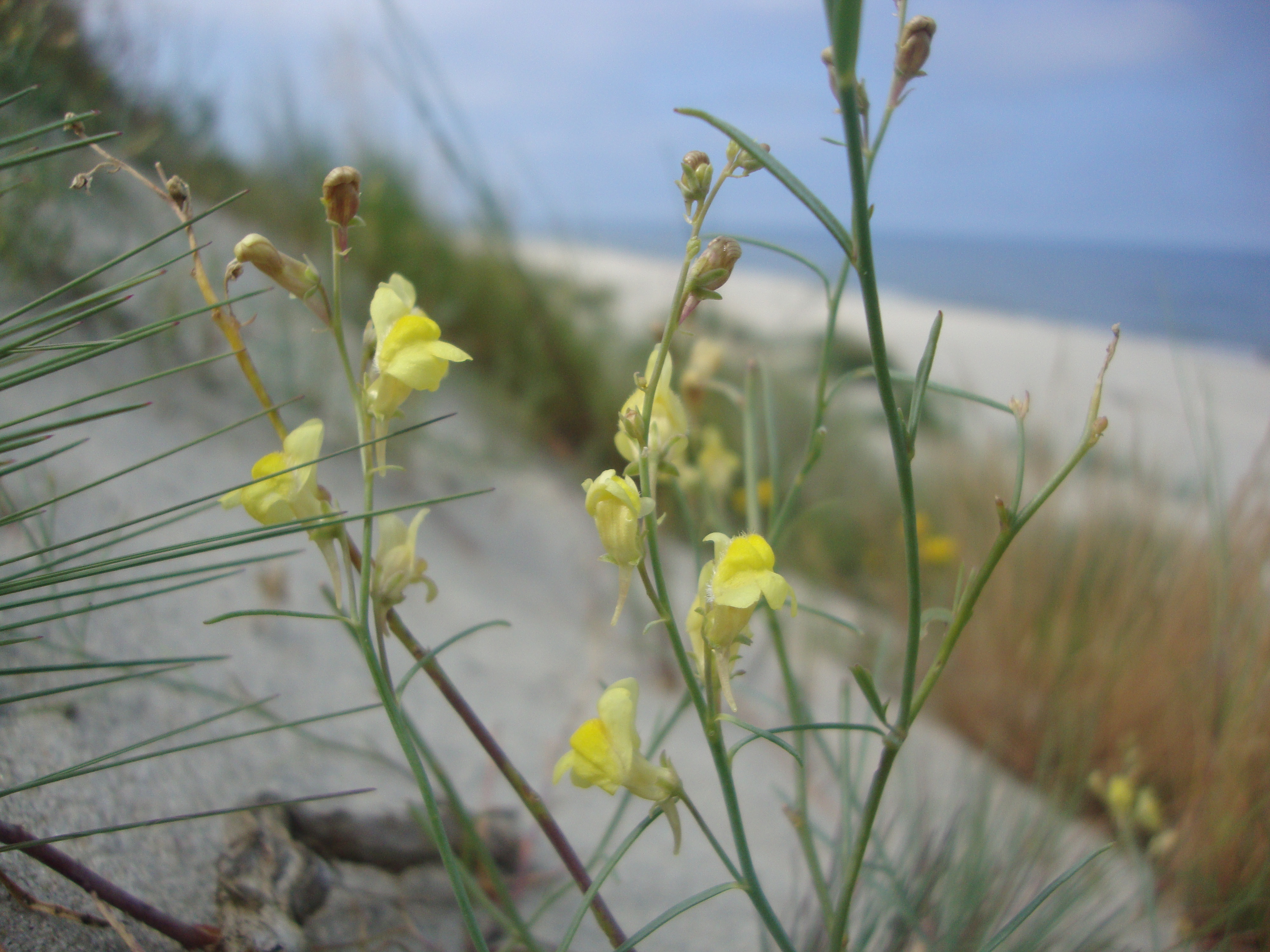
Vistula Spit Landscape Park, Piaski, fot. W. Woch
Park Krajobrazowy Mierzeja Wiślana [Vistula Spit Landscape Park]
Mierzeja stretching between Gdańsk and Półwysep Sambijski [Sambia Peninsula] in Russia constitutes a geographical peculiarity, a rich habitat of wild nature, and at the same time a paradise for enthusiasts of active tourism. Rich in amber beaches, interestingly formed dunes and smelling of conifer needles pine coniferous forests simply encourage to walks and hikes, charming with its corners of wild nature and visible traces of human activity. Created here Park Krajobrazowy Mierzeja Wiślana can be visited while hiking on one of the two tourist trails that take into account attractions of various character.
A yellow walking trail called “Bursztynowy” [“Amber”] or “Jantarowy” [Jantar trail] is a part of E9 European long distance path that runs along the coasts of the Atlantic, the North Sea and the Baltic Sea. Our 45-kilometre long hike, will be started in Mikoszewo village where there is a ferry crossing on Wisła. Going across coastal forests, we will visit villages Jantar and Stegna – in the second one, it is worth to see a wattle and daub Church of the Sacred Heart from 17th century. This way, we will reach the edge of the old Nazi concentration camp KL Stutthof in Sztutowo village, and then we will enter the terrain of the Park in the area of a nature reserve that protects the biggest in Europe nesting colony of cormorants. On our route there is also Przebrno settlement that constitutes an old border of Wolne Miasto Gdańsk [Free City of Danzig]. Our further steps will be directed toward the east, to the highest dune of Mierzeja, Wielbłądzi Garb (56 metres above sea-level) from where we will turn back to the popular among tourists Krynica Morska village.

Specific flora on the coast of the Baltic Sea, fot. J. Bulak
Marked blue “Nadwiślański” trail with a length of 76 kilometres covers the buffer zone of the Park. The route starts in Sztum and leads mainly on the eastern shore of the final section of Wisła. Not long after starting the hike, we will reach Las Mątawski [Mątawski Forest] reserve with a couple-hundred-years-old white poplars called “dwunastu apostołów” [“twelve apostles”]. Its refugium have here a sea eagle, black kite and a red kite. Not far after the halfway stage of the road, we will see Palczewo village, where it is worth to see a beautiful, cosy Church of Our Lady of Częstochowa built wholly of wood. On a final stage of the trail, it is worth to stop for a little longer in Żuławki village registered in 2015 on a list of “50 najciekawszych wsi w Polsce” [“50 most interesting villages in Poland”] due to its perfectly maintained historic buildings, characteristic for the historic style of the architectural region of Żuławy Wiślane. Eye-catching are so called arcaded houses with characteristic, supported on poles arcade extensions. The trail ends in Mikoszewo.






















